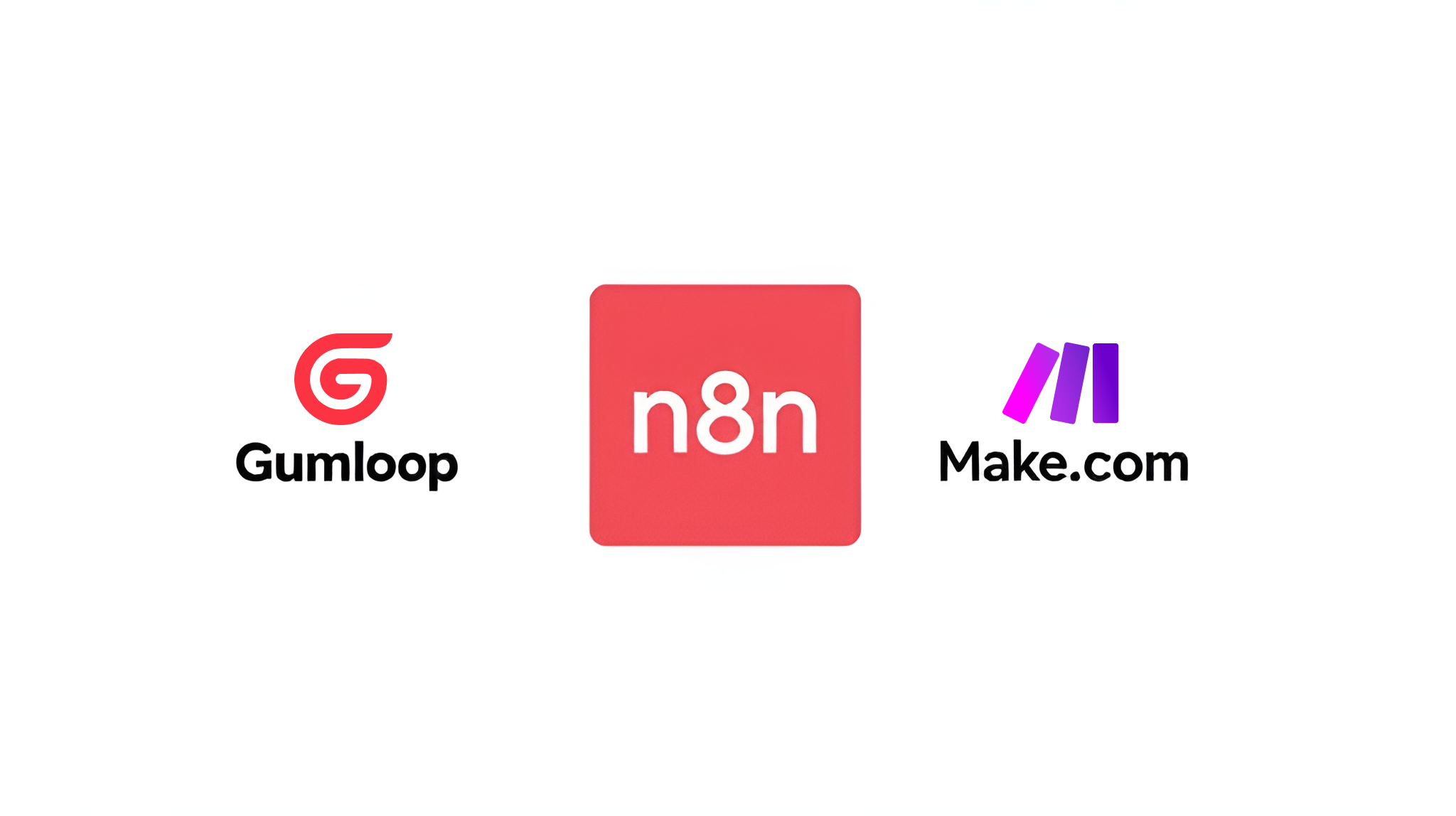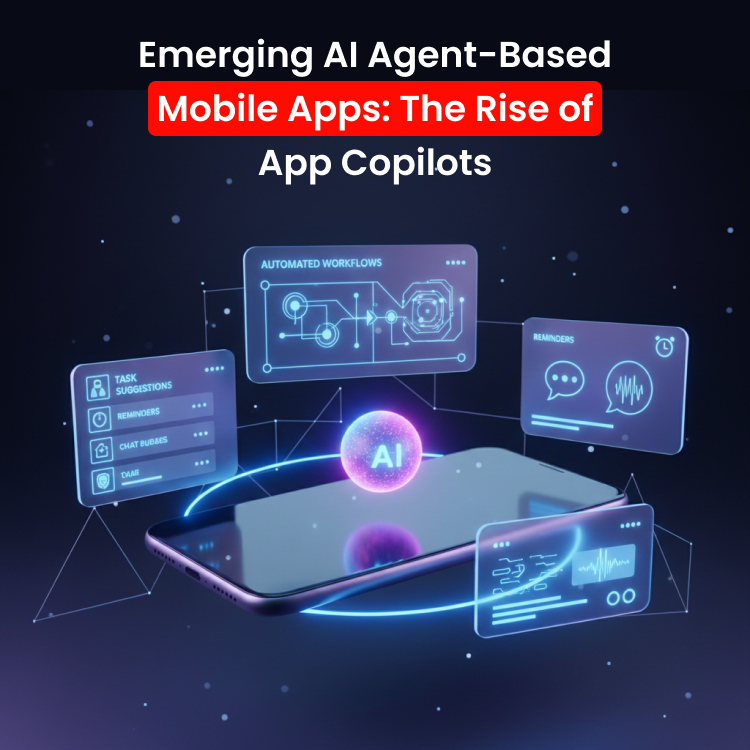

Every company includes some time-consuming tasks that consume too much of workers’ time and effort. For example, the finance department receives invoices from different suppliers through email. The employee must first open the email, then download the invoice, extract the needed data, enter it into the accounting system, upload the invoice to the shared drive, and record this as processed on a spreadsheet.
This is how manual invoice processing works with just one supplier; picture repeating this same effort for 20 or 50 invoices. However, with automation tools, the entire workflow can be automated as soon as the email arrives in the inbox. This is not just for invoice processing, but any of your mundane and repetitive tasks can be automated with the help of low-code automation tools.
According to KissFlow, around 94% of companies struggle with repetitive tasks. However, automation has improved productivity for 66% of employees and jobs of 90% of knowledge workers.
n8n automation, Gumloop, and Make.com are some of the low-code automation tools, but out of these three, which one is suitable for your business? This blog will help you understand the intricacies associated with each automation tool and which you should choose to streamline your operations.
n8n: Open-Source Flexibility and Customization
An open-source workflow automation tool that lets you connect various apps and services to automate tasks. It is a one-stop workflow automation platform that integrates all your apps, handling tasks such as data syncing, alterations, and even multi-step business processes automatically.
The best part about n8n is that it combines a low-code approach with the power to create complex workflows. You can write your scripts using JavaScript and Python and add libraries from npm or Python to enhance its functionality. So, it gives you complete flexibility and control to automate all types of processes, which other no-code automation tools do not provide.
Let’s look at its features:
- Visual Workflow Builder: This is a low-code platform that features a drag-and-drop interface, allowing users to create workflows using nodes. Each node represents an action, trigger, or transformation. You can easily connect multiple apps and create custom logic flows.
- Chat with your Own Data: You can integrate chat platforms, like Slack, Teams, and SMS, or use n8n’s embedded chat feature to fetch the desired information from your data. All you need to do is type in your query in natural language, and you will get the answer promptly.
- Range of Triggers: It supports diverse triggers that you can select from the available app event triggers. Webhooks are used to trigger the workflows from a service without a dedicated app trigger node.
- Custom Alerting: You can receive error notifications anywhere, separately or all at once. The backup workflows can be invoked to handle errors immediately, and you can track the workflow’s performance over time.
- Self-hosting: It is open-source and can be hosted on your servers if desired. Otherwise, it can be managed by service providers like Rainstream Technologies. Regardless, in the end, you will have full control over data privacy and security.
n8n supports a vast array of integrations and a dynamic community of developers adding new nodes, so you can connect almost any application that you wish to automate. It supports integrating AI into your data and offers over 500 integrations.
Make: User-Friendly Visual Automation Platform
Make is another web service, similar to n8n, that allows users to connect apps, automate workflows, and move data between systems using a visual, drag-and-drop interface. You can build powerful automation workflows using the visual builder. For advanced customizations, the platform supports JavaScript functions, HTTP requests, or JSON manipulation.
In Make, you can create automated workflows, called scenarios, that any event or condition can trigger. The platform supports 2000+ pre-built apps in their integration library, so you are likely to find your application to integrate into the workflow using APIs.
Here are some of its features:
- Make Grid: This is a beta feature that provides a bird’s-eye view of the entire automation landscape in one place. With an intuitive interface, users can share workflows, collaborate on logic, iterate efficiently, and document processes clearly.
- Scenario Templates: It supports around 7000+ scenario templates, which are pre-configured automation workflows. They include a series of nodes connected in a logical sequence, defined by a trigger and a set of actions, filters, iterators, routers, and possibly error handlers.
- Flow Control: You can dynamically manage the execution path of the scenario using tools like conditional logic, filters, routers, and error handlers. With execution traceability, developers can inspect the input and output of each module with step-by-step logs.
- Notes: The Notes feature allows users to embed documentation directly in the scenario editor. You can add text notes anywhere in the workflow canvas and describe the purpose of modules, document input/output logic, or outline decision criteria.
- Granular Control: Implement role-based access control for supports, allowing you to assign specific roles to each user, such as admin, editor, and viewer, with defined permissions. You can segment workflows by workspace and restrict the visibility or access by team.
Make also supports integrating AI into your automation process. The Make AI Agents can assist non-technical users in offloading the cognitive-heavy work to virtual agents.
Gumloop: Promising Features but Critical Limitations
Gumloop is another AI-powered automation tool that helps users, especially those without technical knowledge, create workflows without writing a single line of code. Even users can integrate AI tools into their workflow to handle processes such as data extraction, summarization, and classification seamlessly.
With Gumloop’s subflow feature, segments of a larger workflow can be managed as individual modules. So, vast and detailed processes can be constructed while maintaining clarity and functionality.
Here are the features of Gumloop:
- Infinite Canvas: Gumloop provides a limitless visual programming interface that enables users to easily build intricate workflows. You can use techniques like subflows, conditional logic, and error handling to create comprehensive automation.
- Gummie: Gummie is a built-in AI assistant chatbot that provides guidance, answers questions, and assists in creating nodes and flows within the platform. If you get stuck while creating visual workflows, you can chat with Gummie, and it will assist you. It is helpful for non-technical users and can also help build the workflows you want.
- Custom Nodes: With custom node features, you can create specific nodes tailored to your workflow requirements. These nodes can be designed to perform unique functions, integrate with internal APIs, or handle specialized data processing tasks. You can use the integrated AI to help draft the underlying code based on your descriptions.
- No API Keys Needed: Gumloop supports native AI integration, allowing users to build and deploy AI-powered workflows or agents without manually acquiring or managing API keys for large language models (LLMs) like OpenAI, Anthropic, or Gemini.
The entire workflow, from creating to deploying, in Gumloop is designed for marketers, operators, and startups who want to act quickly without dealing with technical details. Gumloop basically abstracts away the complexity, and you can focus on the flow.
However, some limitations make Gumloop less suitable for complex enterprise workflows. For instance, it doesn’t support the complex backend logic or state management within the platform itself. So, it doesn’t support built-in databases or persistent variables and has limited support for loops, iterations, or error handling inside Gumloop. Users will have to use other tools to handle logic-heavy operations.
Key Differences Between n8n, Make, and Gumloop
So, Which One Should You Use?
When it comes to choosing between Gumloop, Make, and n8n automation tools, it is challenging to pinpoint a clear winner. It is because every tool is best in its own way and has its pros and cons, so, as per your needs, you can pick the automation platform of your choice. However, to sum up:
- Gumloop is suitable for marketers and non-developers as it has a better and user-friendly UI, which makes onboarding and navigation easier.
- n8n is the perfect option for users that are looking for a more low-code, developer-type platform. Users can execute JavaScript within workflows, giving them more control to set the conditions that workflows should follow.
- Make is a strong middle ground between the two. It provides a strong visual scenario builder for visual automation, offering a higher level of control without requiring a full dive into code.
So, go for:
- Gumloop for a play-and-plug solution
- n8n when aiming for getting more flexibility, and you’re team is more comfortable with coding.
- Make if you want a powerful visual builder with advanced logic, but without having to write code.
The Bottom Line,
n8n workflows are the best, most flexible and future-ready option for enterprises that aim at fast, reliable, and developer-friendly automation. Contrary to Gumloop and Make.com, n8n automation is the only one that gives you the ultimate power, is open-source and extensible, and is the most affordable, particularly for multi-functional SaaS stacks.
Rainstream technologies, being a professional SaaS product with a scalable backend architecture, has the most respected developers utilising high-tech tools like Node.js. Our technical team is well-equipped to integrate the right automation tools into your digital ecosystem, offering not just product scalability but also improvements to your business processes.





